An underwater scooter's battery life is key to its usefulness. Some models run for 45 minutes, while others can last up to 4 hours. The actual running time depends on several factors, including speed settings and water conditions. This guide explains what you need to know about underwater scooter batteries.
Battery Life Ranges: A Guide to Different Models
Battery life is a major factor in an underwater scooter's performance. Different models offer varying run times based on their intended use and price range.
Entry-Level Consumer Models (45-60 Minutes)
Most recreational underwater scooters offer 45-60 minutes of use per charge. These models work well for casual swimming and basic underwater exploration. At standard speeds, you can cover about 2-3 miles in a single charge - perfect for short reef tours or pool training sessions.
Professional Models (90-120 Minutes)
Professional-grade scooters provide 90-120 minutes of operation time. These models serve well for underwater photographers, dive instructors, and tour guides who need extended time underwater. Their longer battery life supports multiple dives or lengthy photo sessions without recharging.
High-End Technical Models (Up to 4 Hours)
Top-tier underwater scooters can run for up to 4 hours. These advanced units are built for marine researchers, professional filmmakers, and technical divers. The extended battery life allows for deep-water expeditions, long-distance travel, and complex underwater tasks. Some models include swappable battery packs for even longer missions.
Note: These times reflect normal usage at medium speed settings. Your actual battery life may vary based on speed, water conditions, and temperature.

Key Factors That Affect Underwater Scooter Battery Life
The actual running time of an underwater scooter depends on various operational and environmental factors. Both user settings and water conditions play crucial roles in battery performance.
Speed Settings and Power Consumption
Low Speed Mode
Running your scooter at low speed provides maximum battery life. This setting works best for relaxed exploration or when conserving power is essential. Many users can get the full rated battery duration at this speed.
Medium Speed Mode
At medium speed, expect the battery to last 25-30% less than the maximum duration. This setting balances power consumption with decent travel speed, making it suitable for most recreational diving activities.
High Speed Mode
High-speed operation reduces battery life by 40-50%. While this mode offers maximum thrust and speed, it significantly shortens operating time. Reserve high speed for situations when quick movement is necessary.
Environmental Impact on Battery Life
Water Temperature
Cold water decreases battery efficiency. Batteries perform best in water temperatures between 68-77°F (20-25°C). Very cold water can reduce battery life by up to 20%.
Current Strength
Strong currents force the motor to work harder, using more power. Swimming against currents can reduce battery life by 15-35%, depending on current strength.
Depth of Operation
Greater depths require more power due to increased water pressure and resistance. Every 33 feet (10 meters) of depth can reduce battery efficiency by approximately 5-10%.
Water Type
Salt water typically causes slightly higher power consumption than fresh water due to increased density. The difference is minor, usually affecting battery life by 3-5%.
Underwater Scooter Battery Types and Power Capacities
Modern underwater scooters use different battery technologies and power ratings to suit various diving needs and budgets. The right battery type and capacity can make a significant difference in performance.
Common Battery Technologies
Lithium-ion Batteries
Most current underwater scooters use lithium-ion batteries. These batteries offer excellent power density, long life cycles, and reliable performance. They maintain consistent power output throughout the discharge cycle and typically last 500-1000 charging cycles.
Lithium Polymer Batteries
Some high-end models feature lithium polymer batteries. These batteries provide slightly higher energy density than standard lithium-ion cells. They're also lighter and can be made in custom shapes, though they often cost more.
Sealed Lead Acid Batteries
Older or budget models may use sealed lead acid batteries. While these batteries are cheaper and more durable, they're also heavier and offer lower power density. They're gradually being phased out of modern scooters.
Power Capacity Ratings
Entry-Level (200-300Wh)
Entry-level scooters come with batteries rated between 200-300 watt-hours. This capacity suits recreational divers who take occasional trips and short dives. These batteries typically power a scooter for 45-60 minutes of normal use.
Mid-Range (300-500Wh)
Mid-range models feature 300-500 watt-hour batteries. This capacity works well for regular divers and dive instructors. Users can expect 1-2 hours of operation, depending on speed and conditions.
Professional (500Wh+)
Professional scooters pack batteries exceeding 500 watt-hours. These high-capacity units serve technical divers and underwater professionals who need extended runtime. Some models reach 1000Wh or more, enabling several hours of continuous use.

How to Maximize Your Underwater Scooter Battery Life
Proper care and smart usage habits can significantly extend your scooter's battery life. Here are the key practices that help maintain optimal battery performance.
Follow the 20-80 Charging Rule
Start charging when the battery reaches 20% and unplug at 80% charge for daily use. For pre-dive preparation, charge to 100% but remove from charger immediately when full. Use only the original charger at room temperature. Complete a full charge cycle once every month to calibrate the battery.
Keep Your Battery Dry and Cool
Remove and dry the battery unit after each dive. Clean salt residue with fresh water and dry all contacts thoroughly. Store at 40-60% charge in a moisture-free container. Maintain storage temperature between 50-70°F (10-21°C). Place silica gel packets in the storage container to absorb moisture.
Test Battery Performance Monthly
Record voltage readings before and after each dive. Measure the actual running time against the rated duration. Replace batteries when capacity drops below 70% of original performance. Document any unusual heating or rapid power loss. Check seals and connection points for corrosion.
Set Speed Below 70% Power
Run at 50-60% power for general diving. Limit high-speed bursts to 30 seconds. Accelerate gradually rather than suddenly. Maintain constant speed during long distances. Switch to low power when battery indicates 30% remaining.
Stay Within Safe Operating Zones
Keep depth above 100 feet (30 meters) for optimal efficiency in safe operating zones. Wait 5 minutes after entering water before operating. Avoid use in water below 50°F (10°C) or above 85°F (29°C). Ascend to shallower depth when battery shows 20% charge. Exit water before battery depletes completely.
Additional Battery Care and Replacement Guidelines
Smart charging practices and timely replacement ensure your underwater scooter stays reliable throughout its service life. Here are key points about battery longevity and maintenance timing.
Handle Fast Charging With Care
Fast charging can fill 80% of battery capacity in 90 minutes. Limit fast charging to emergencies between dives. Keep charging time under 45 minutes if using quick charge repeatedly. Switch back to standard charging when time permits to protect battery life.
Monitor Battery Cycle Count
Most batteries last 300-500 full charging cycles. Record each complete charge in a log book. Count partial charges as fractions (half charge = 0.5 cycles). Monitor performance after 200 cycles for signs of degradation. Expect 20-30% capacity loss after 300 cycles.
Time Your Battery Replacement
Install a new battery after 400 charging cycles or two years, whichever comes first. Replace immediately if run time drops below 60% of original duration. Change batteries showing signs of swelling or damage. Keep a spare battery if you dive frequently. Schedule replacement before major diving trips.
Keep Your Scooter Battery Running Well!
Your underwater scooter's battery affects every dive. Choose a model that matches your needs, follow the charging rules, and maintain your battery properly. Watch your speed settings and water conditions during use. With regular checks and proper care, your scooter's battery will perform reliably on every dive.


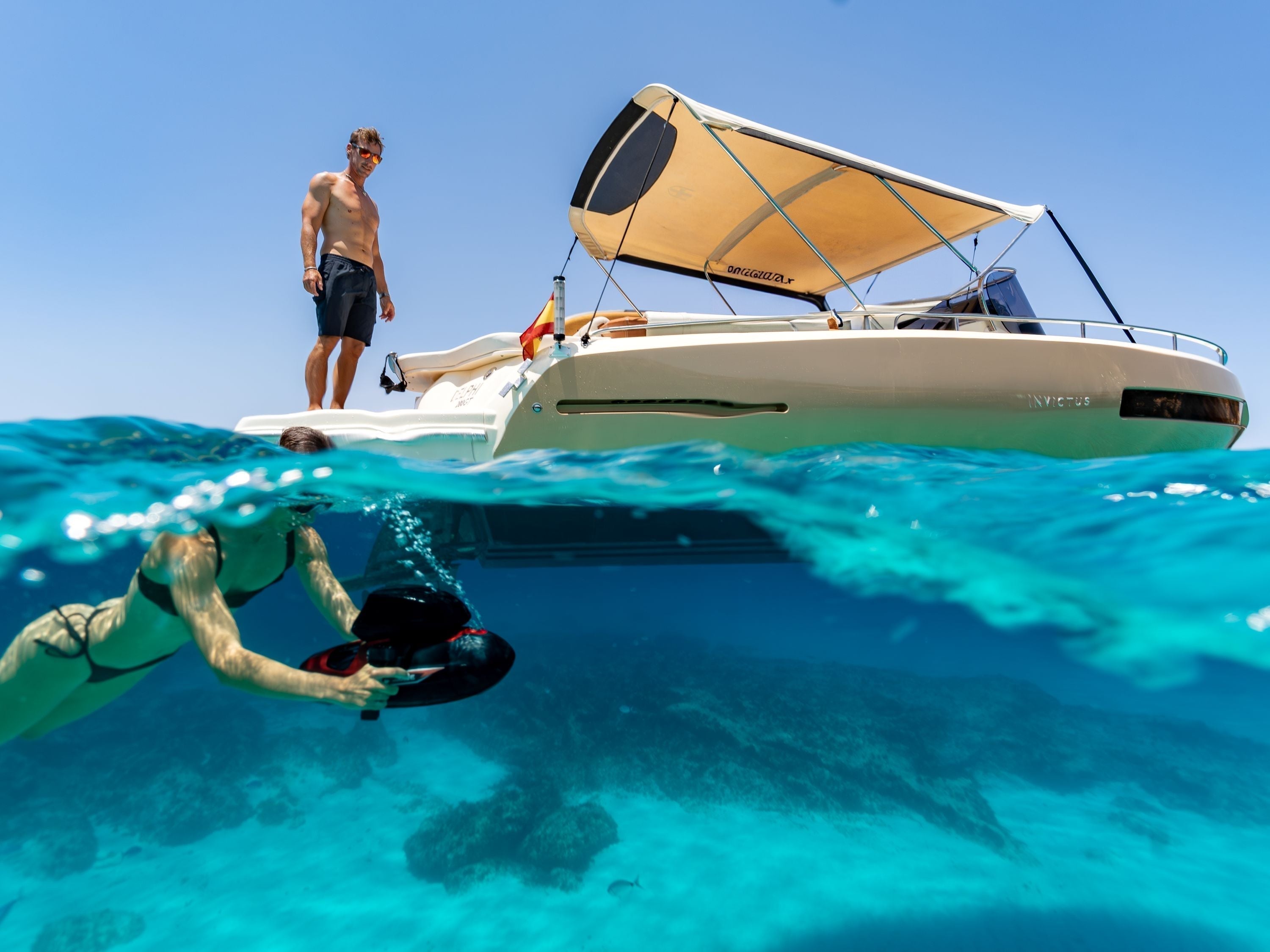
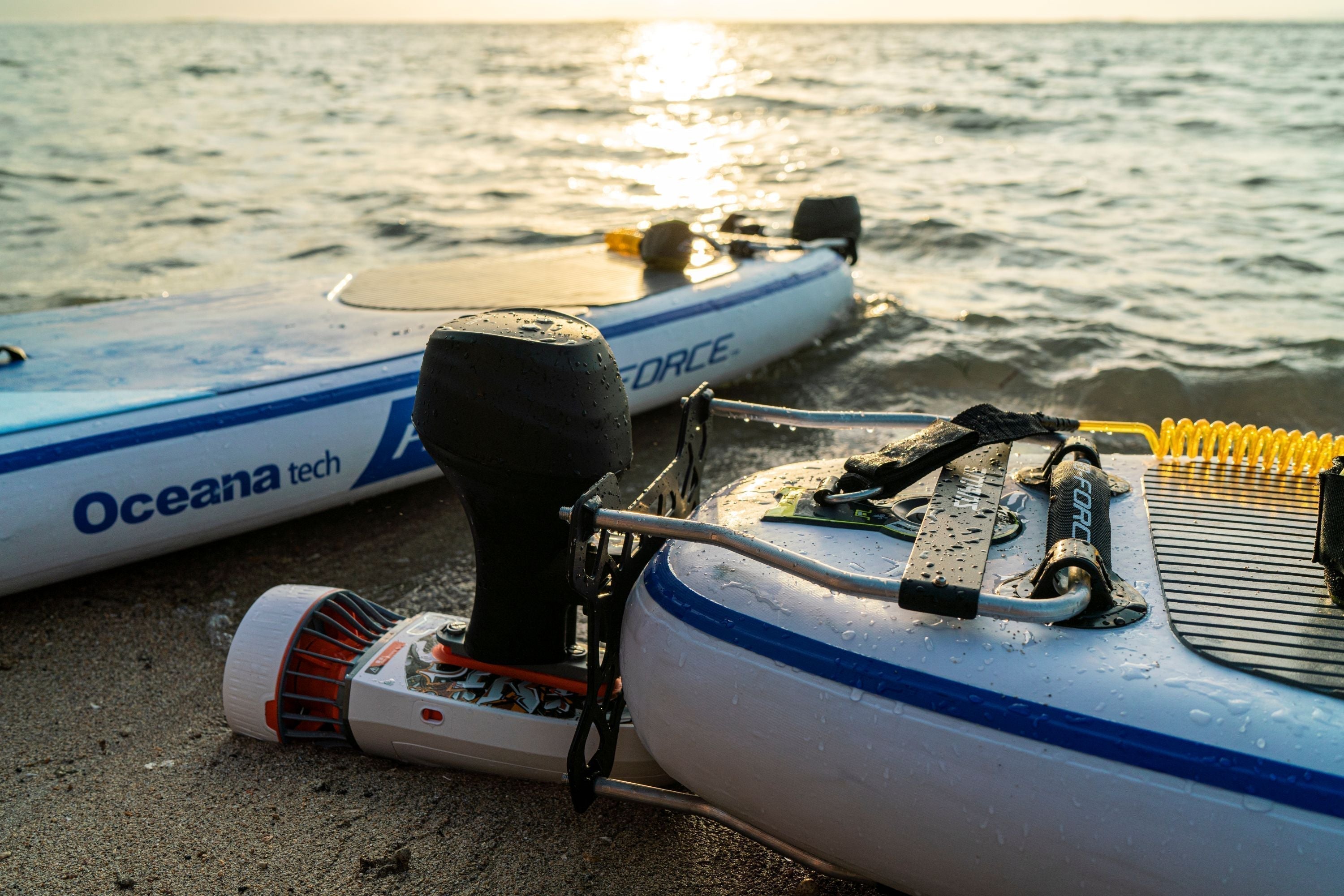
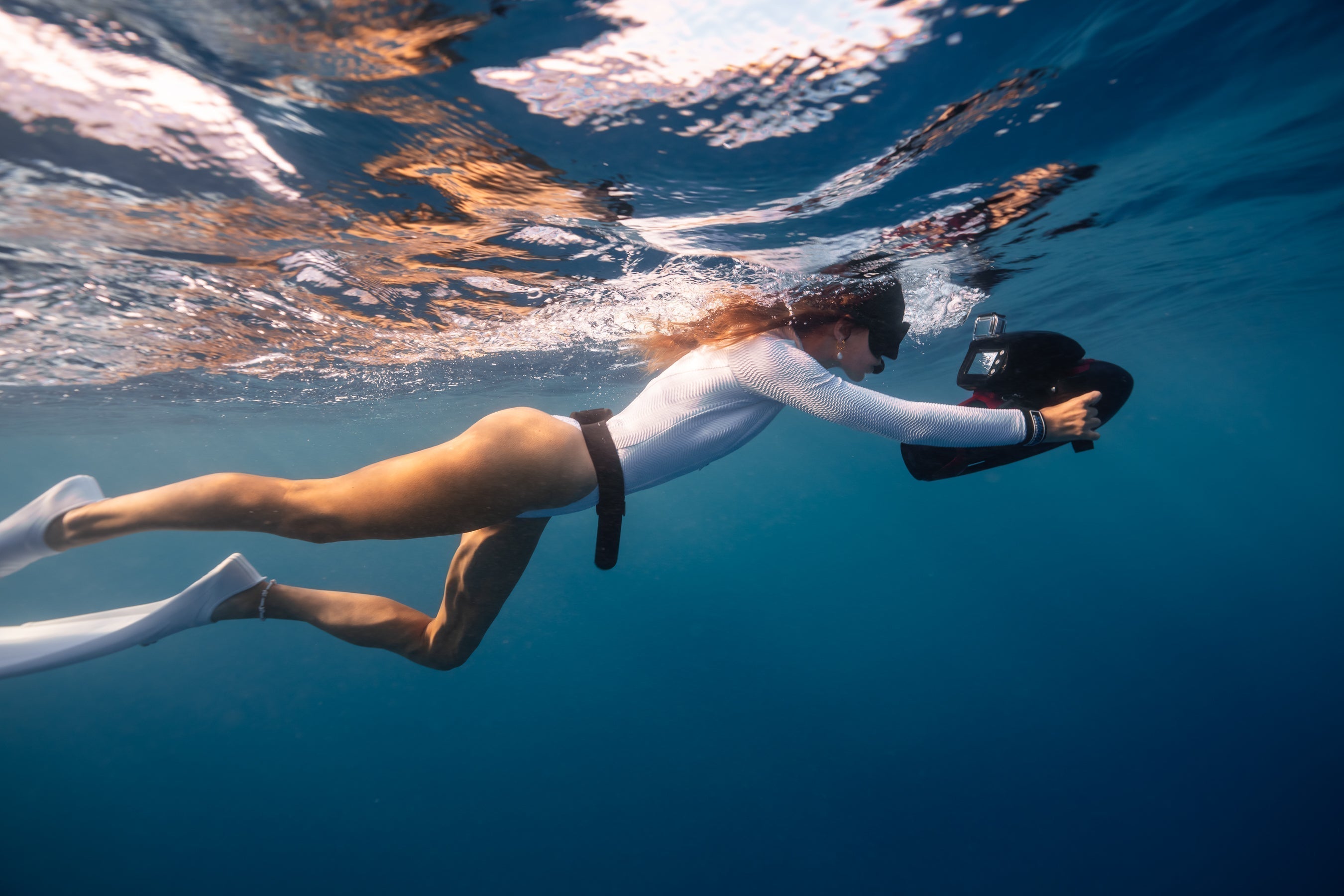


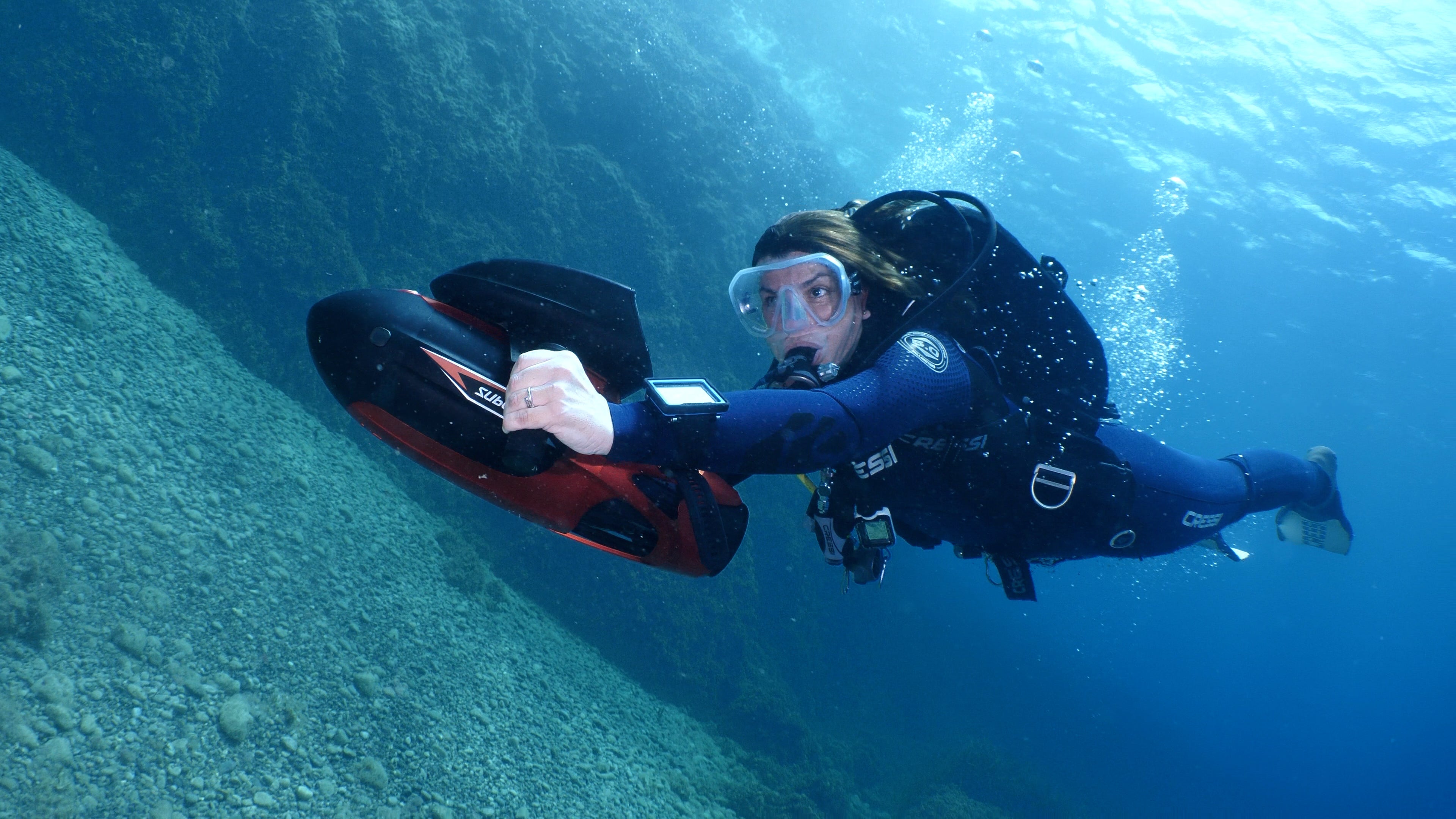
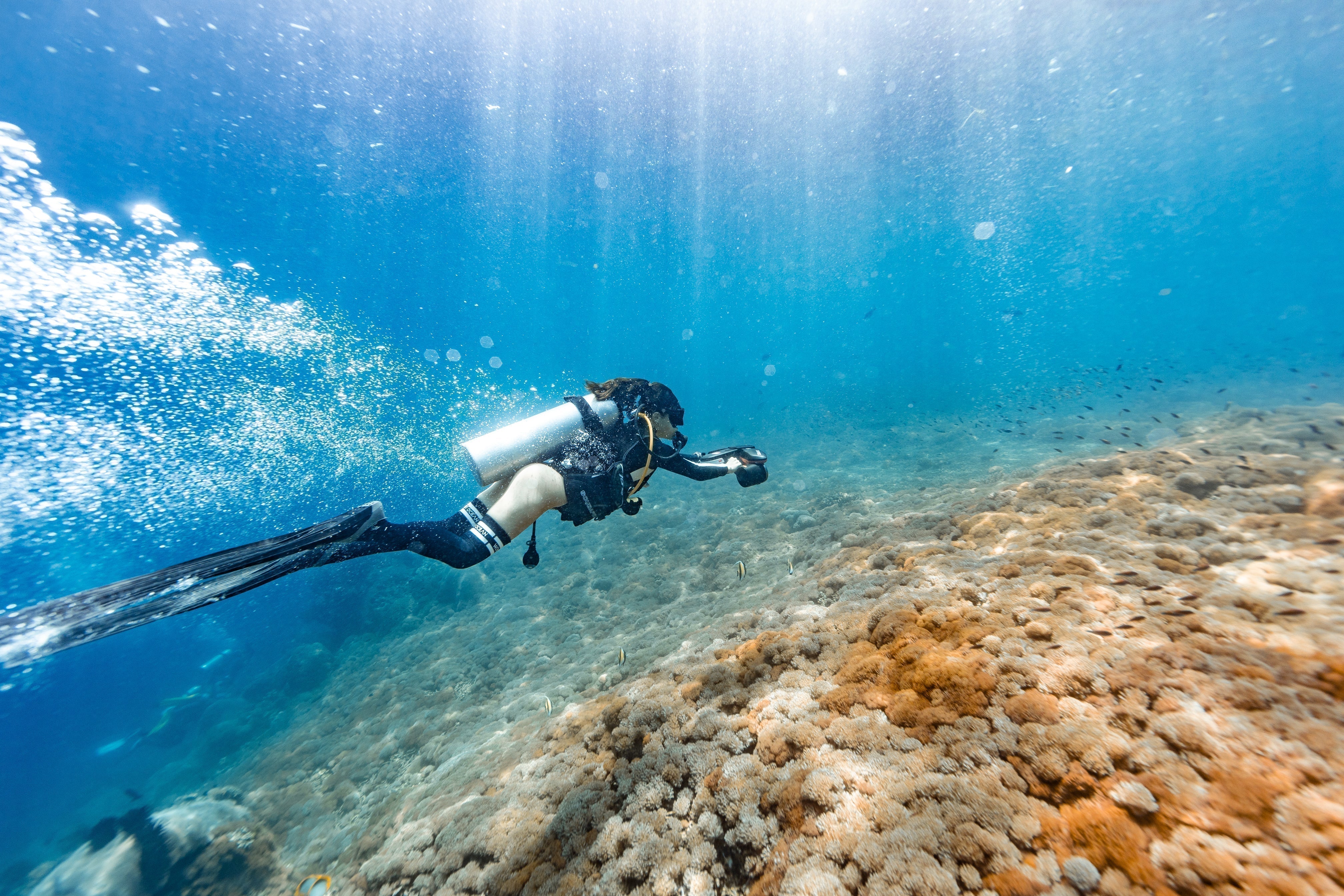
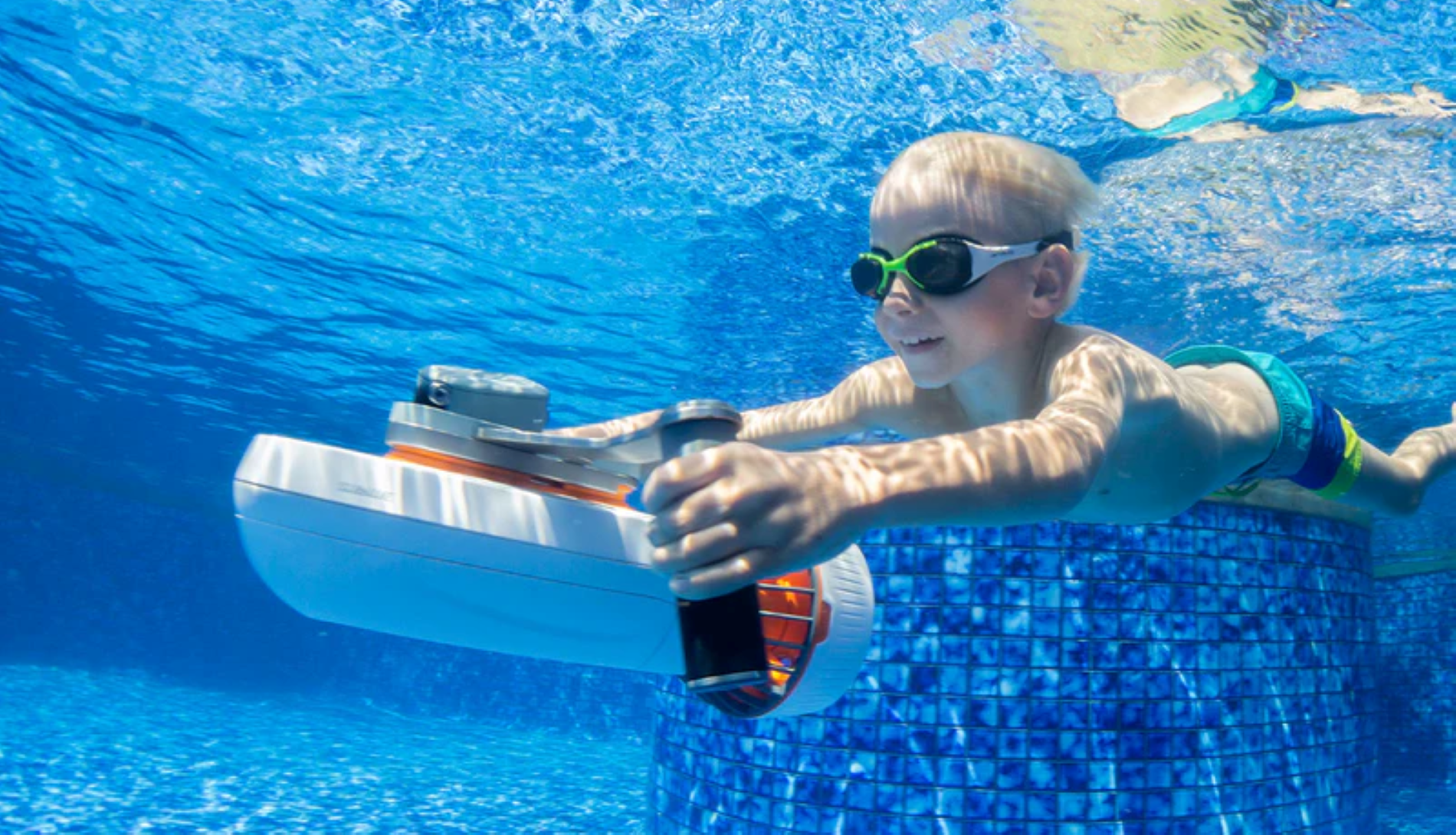
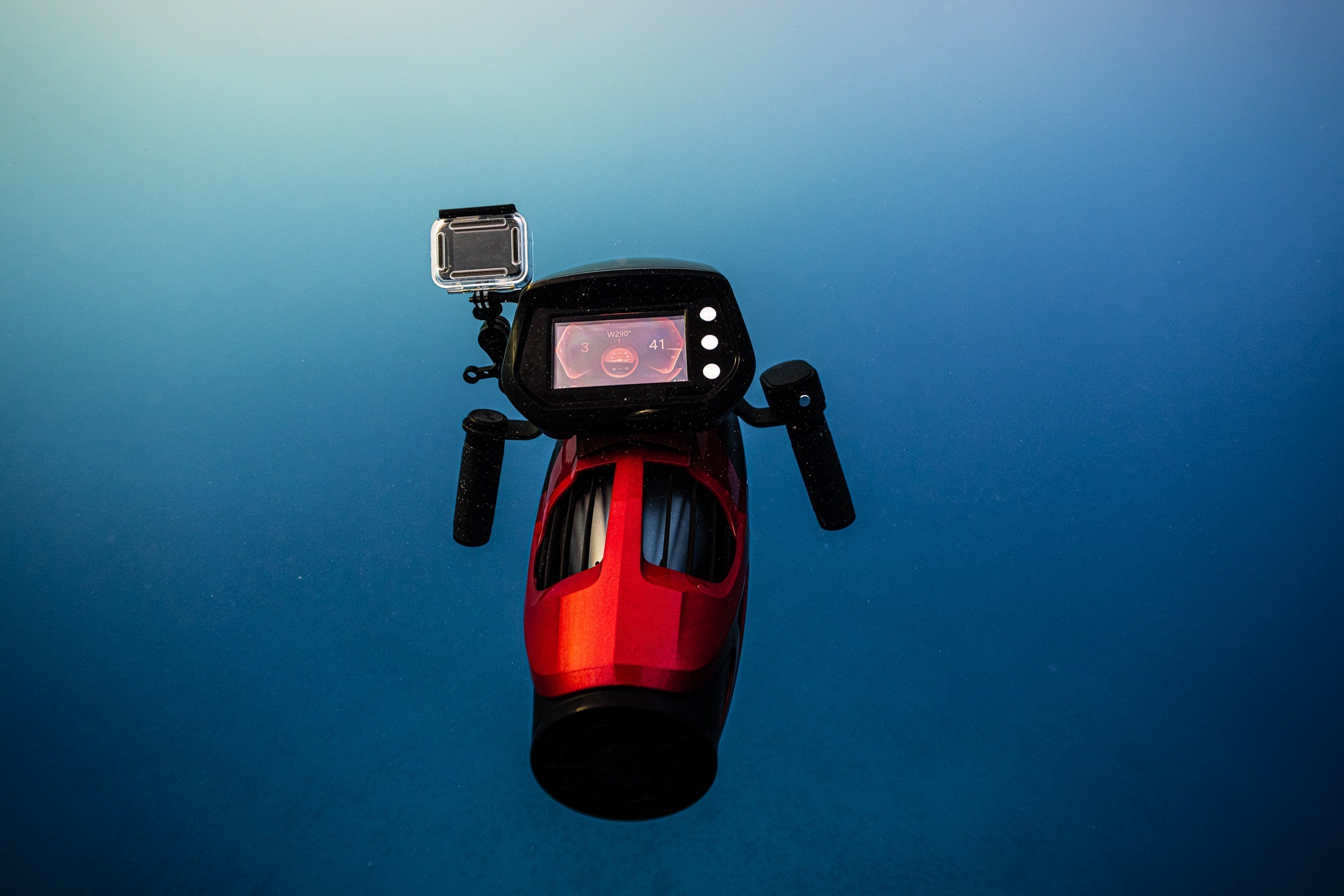
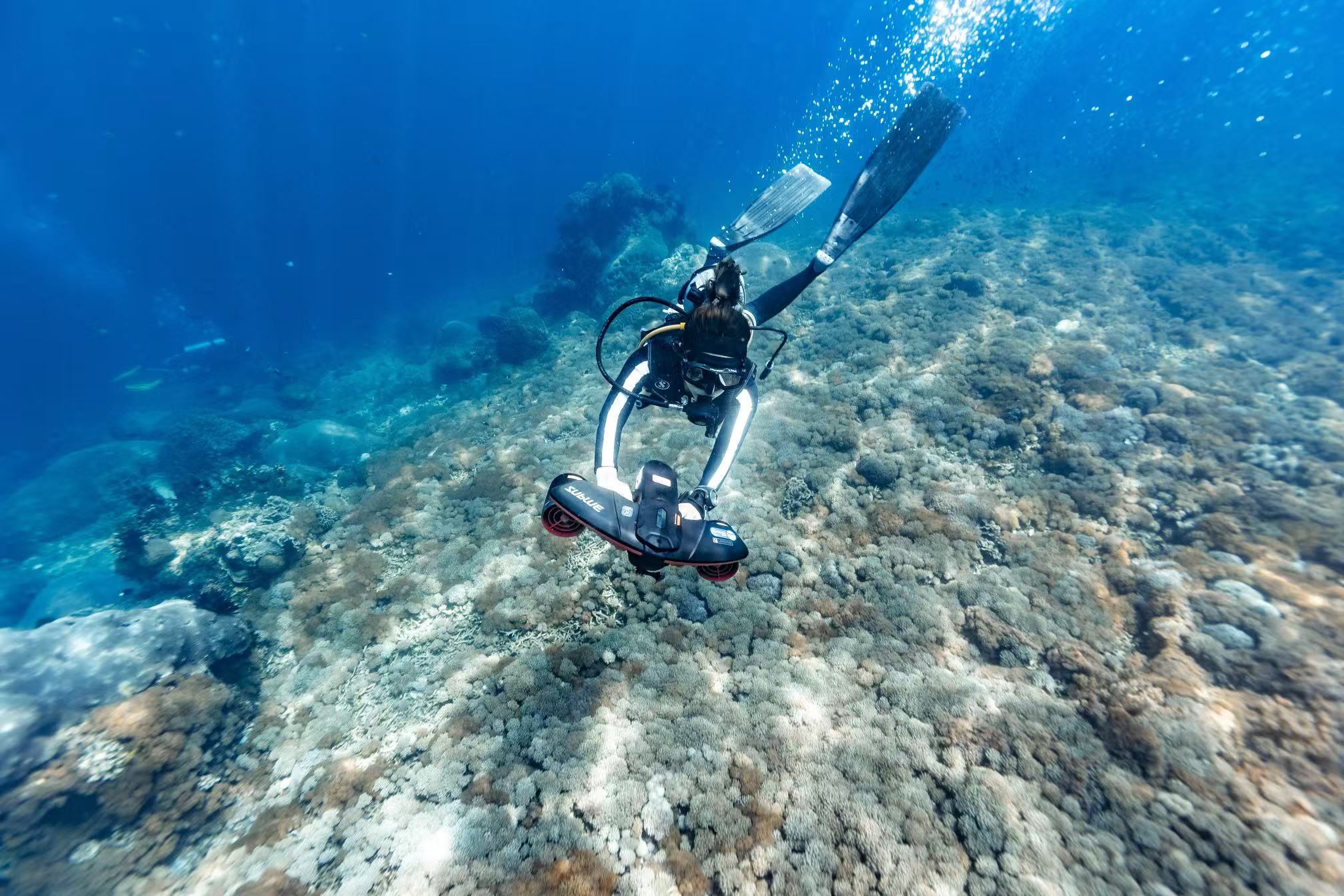
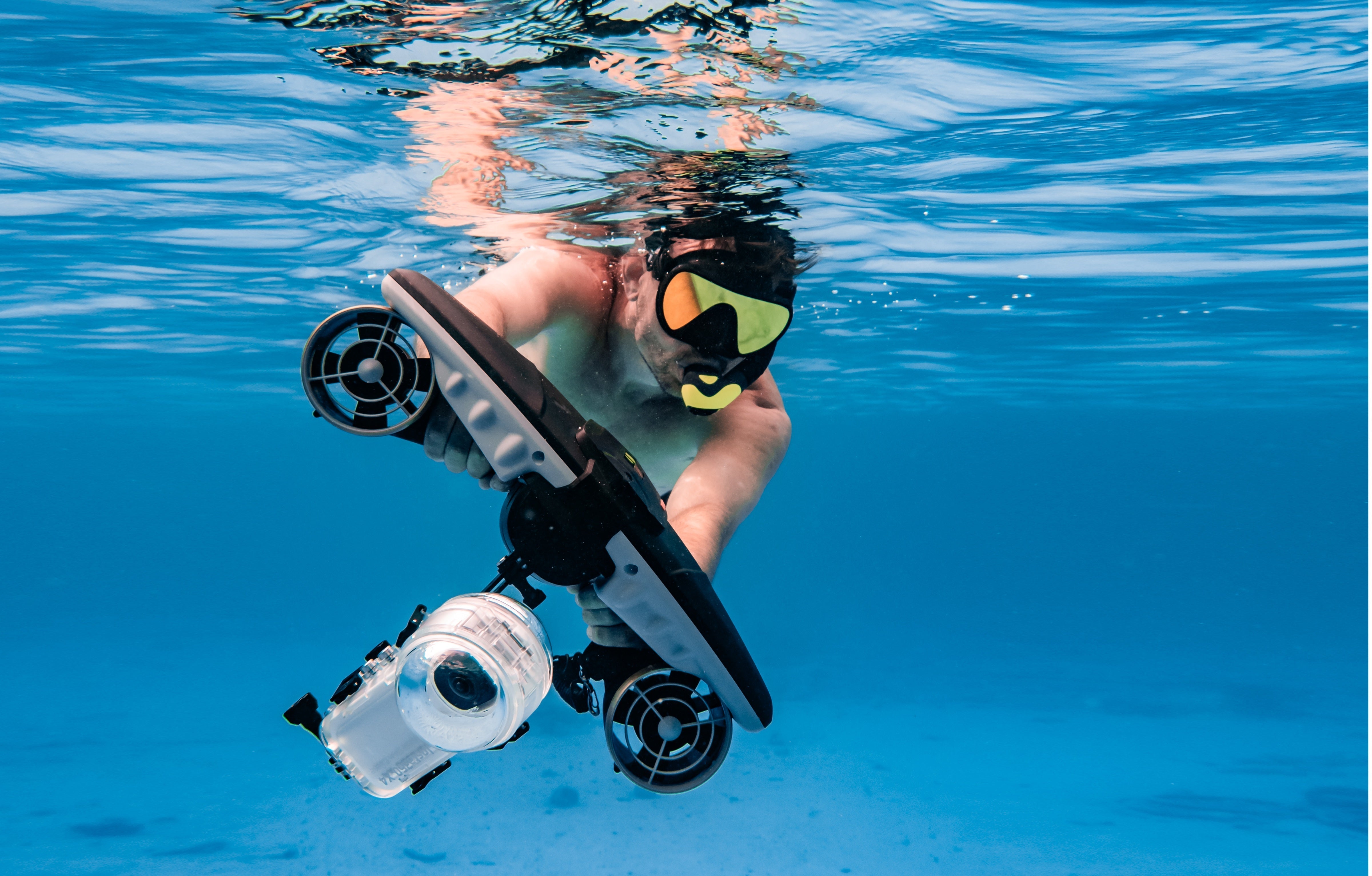
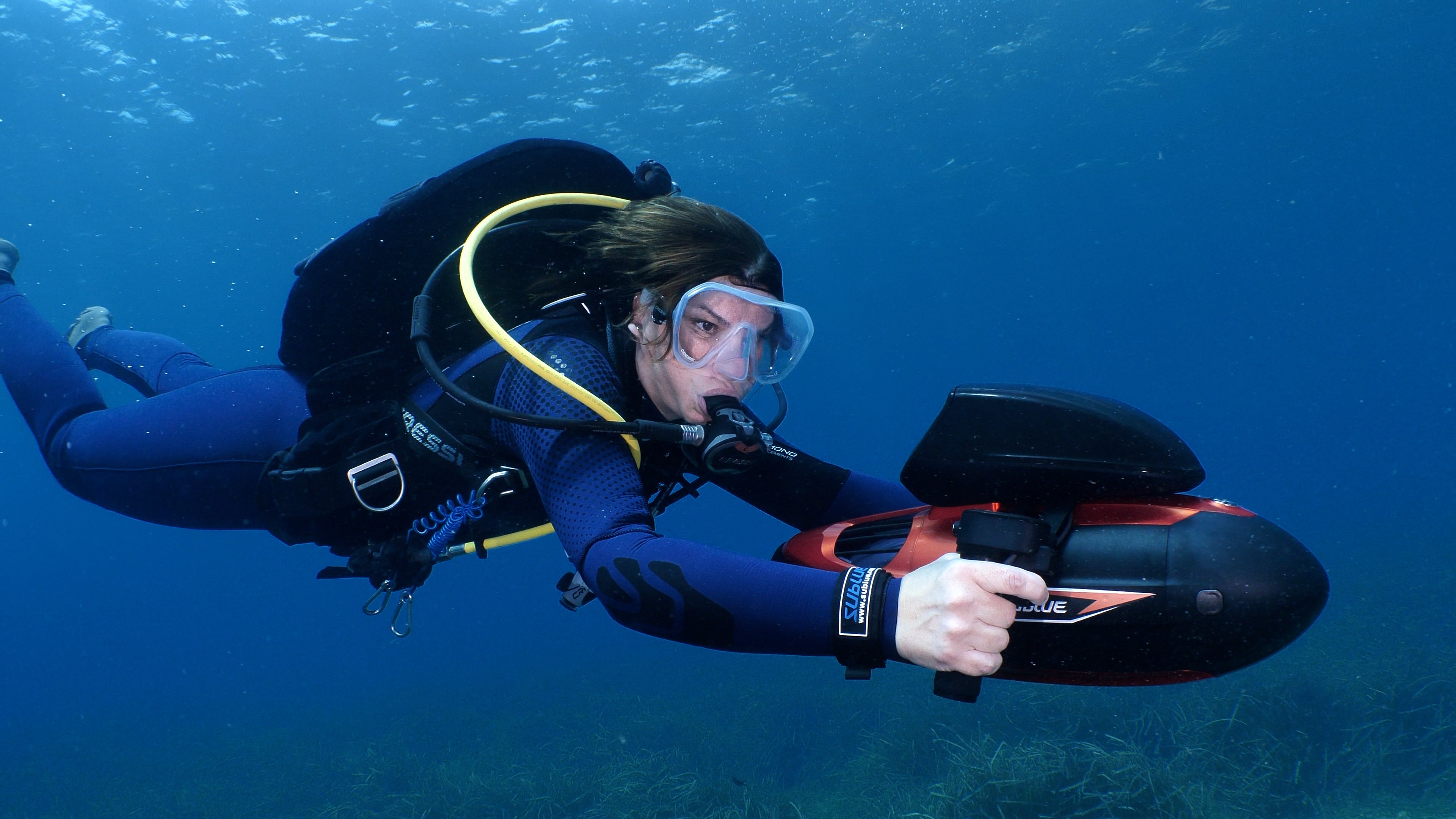
Share:
How to Use an Underwater Scooter?
Who Can Use an Underwater Scooter?